At the recent workshop “From pilot to policy: Solving non-recyclable plastic waste through co-processing in the cement industry”, Mr. Karee Helge Karstensen, Head of the scientific team and Director of the Program “Turning ocean plastic waste into opportunities in the circular economy ” (OPTOCE), shared: Norway has used two cement kilns to process hazardous organic waste for over 30 years.
Norway replaces 75% of coal with waste in cement production
According to Mr. Karee Helge Karstensen, more than 75% of coal fuel in cement production in Norway has been replaced by waste. The processing is closed, does not create bottom ash, and is completely reused in production. High kiln temperatures help completely destroy hazardous waste and organic compounds that are difficult to decompose, while controlling emissions at safe levels.
With existing infrastructure, 24/7 continuous operation and large processing capacity, cement factories can receive significant volumes of domestic and industrial waste.
"The treatment process is closed, does not create bottom ash, all of which is reused in production. In addition, the high temperature in the furnace helps completely destroy hazardous waste and organic compounds that are difficult to decompose, and controls emissions at safe levels according to environmental standards," he said.
Compared with waste incineration or landfill technology, according to this person, co-processing in cement kilns helps to recover energy effectively, reduce coal and fossil fuel consumption, and contribute to cutting CO2 emissions.
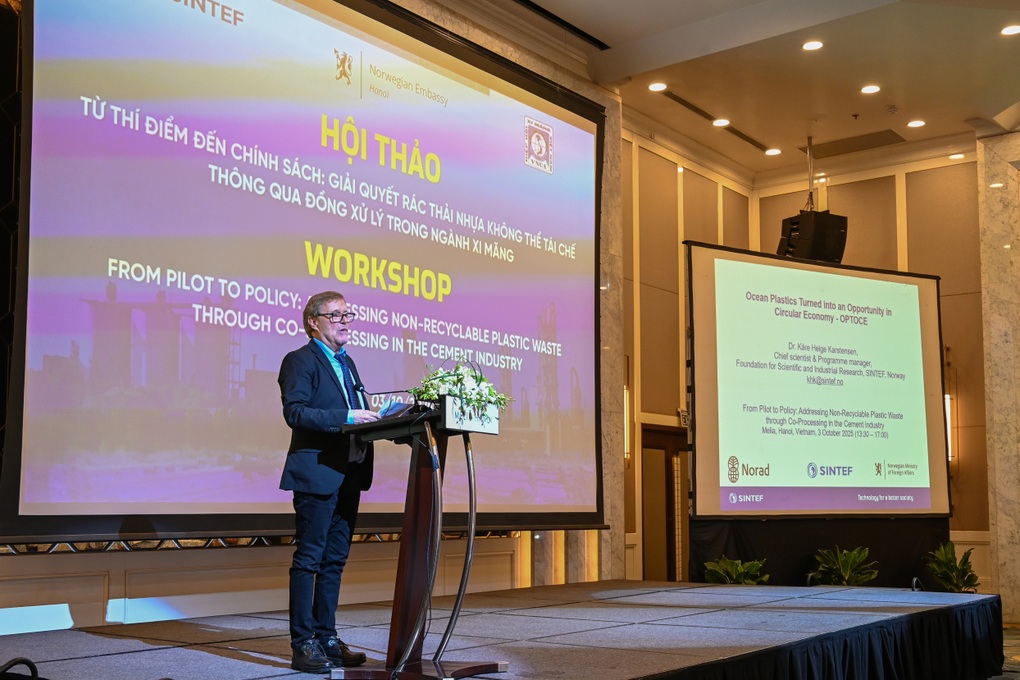
Mr. Karee Helge Karstensen spoke at the conference (Photo: Organizing Committee).
Not only in Norway, the OPTOCE program is also piloted in many Asian countries, including Vietnam. Measurement results show that co-processing of difficult-to-recycle plastics in cement kilns is feasible, safe and in accordance with international standards.
"The measurement results did not show any increase in emissions, the quality of clinker was not affected, and all operational issues can be controlled. This is considered a safe solution that does not create ash, helps reduce plastic pollution, and uses fossil fuels effectively," he said.
There are many barriers
According to Associate Professor, Dr. Luong Duc Long, Vice President of the Vietnam Cement Association, the rate of alternative fuel use in the cement industry is currently only about 3-4%, while the national target is 15% this year.
The main reason is that the source of waste as fuel is not stable, the supply chain from collection, processing to supply is not complete, and there is no specific technical standard system for this type of fuel.
"In addition, the State's incentive policies are not specific to the subjects participating in the process of pre-processing, supplying and using alternative fuels; administrative procedures for allowing the use of alternative fuels are still complicated; there are no clear regulations on reducing greenhouse gas emissions when using this fuel source," he said.
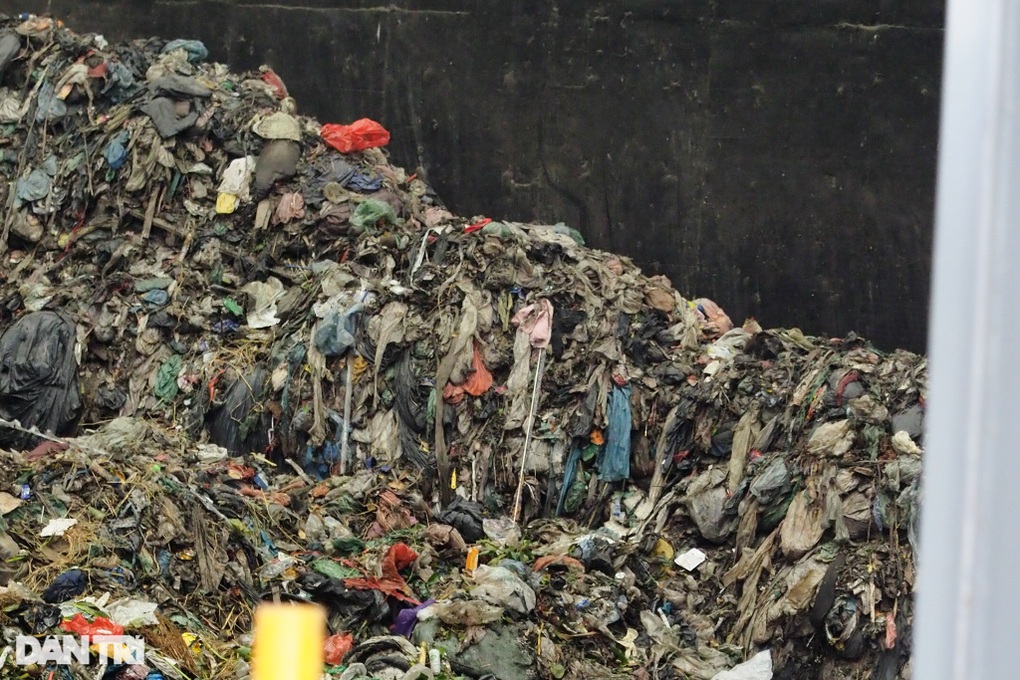
Household waste is gathered at Soc Son Waste-to-Energy Plant ( Hanoi ) (Photo: Quan Do).
Mr. Palash Kumar Saha, Senior Advisor to SINTEF (one of the largest independent research institutes in Europe), said that to expand co-processing, Vietnam needs to soon complete a transparent and mandatory policy framework.
According to him, it is necessary to ban the burial of waste with high calorific value (over 1,500 kcal/kg), transfer difficult-to-recycle plastics to cement kilns, while mixed or wet waste should be sent to waste-to-energy plants. At the same time, it is necessary to soon issue national standards for fuel from waste, clearly specify quality criteria, harmonize emission standards with EU standards and publicize monitoring data.
“Co-processing needs to be integrated into waste planning, with specific replacement rate targets for each stage, and accompanied by an extended producer responsibility mechanism. Only then will this solution create a strong and long-term driving force for the cement industry,” Mr. Saha emphasized.
Cement - a sustainable waste treatment "machine"
The Ocean Plastic Turned into an Opportunity in Circular Economy (OPTOCE) program, initiated by the Norwegian Government , is currently being piloted in many Asian countries such as Vietnam, China, India, Myanmar and Thailand.
OPTOCE aims to find a viable, safe solution for processing hard-to-recycle plastics and hazardous organic waste, thereby reducing ocean plastic pollution and utilizing alternative energy sources. Initial results show that co-processing in cement kilns does not increase emissions, clinker quality remains stable, and operational issues are well controlled.
Compared with the method of incineration or landfill, co-processing in cement kilns offers many advantages. The high temperature in the kiln completely destroys hazardous waste and difficult-to-decompose organic compounds, while creating no bottom ash, the entire remaining residue is reused in clinker production.
This technology helps to recover energy efficiently, reduce dependence on coal and fossil fuels, thereby contributing to reducing CO₂ emissions. Thanks to the continuous operation and large capacity infrastructure, the cement industry can become one of the most efficient, cost-effective and environmentally friendly waste treatment “machines”.
Source: https://dantri.com.vn/kinh-doanh/co-co-che-nganh-xi-mang-se-xu-ly-phan-lon-rac-thai-tai-viet-nam-20251006014925661.htm








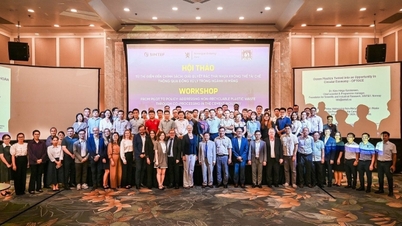

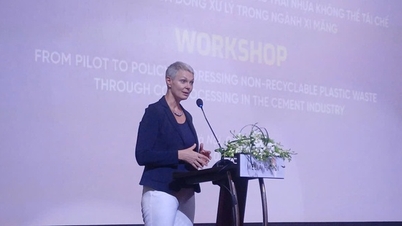











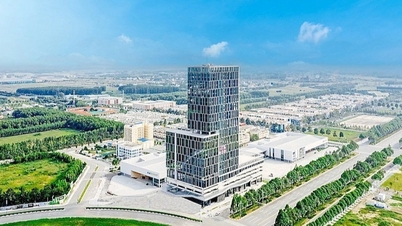



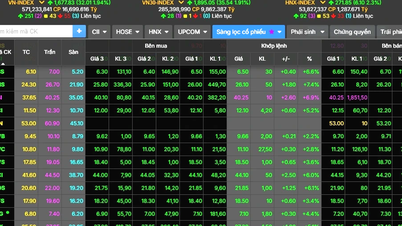
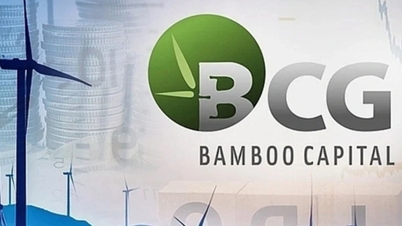




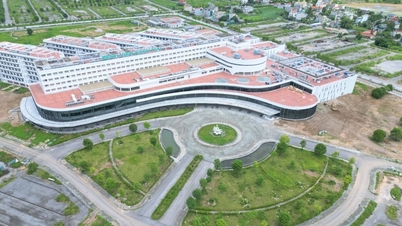






































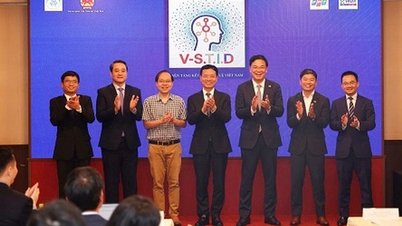



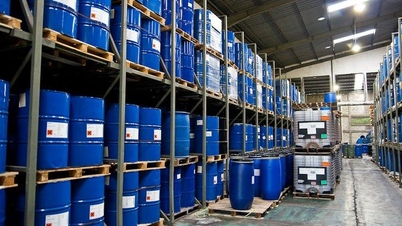












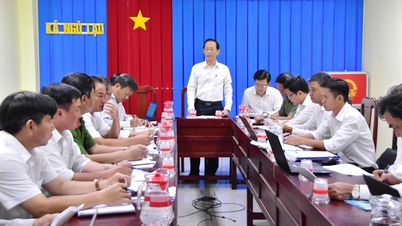














Comment (0)